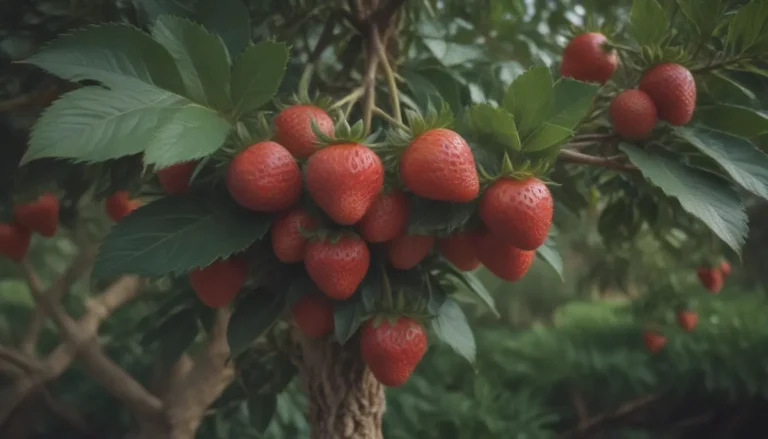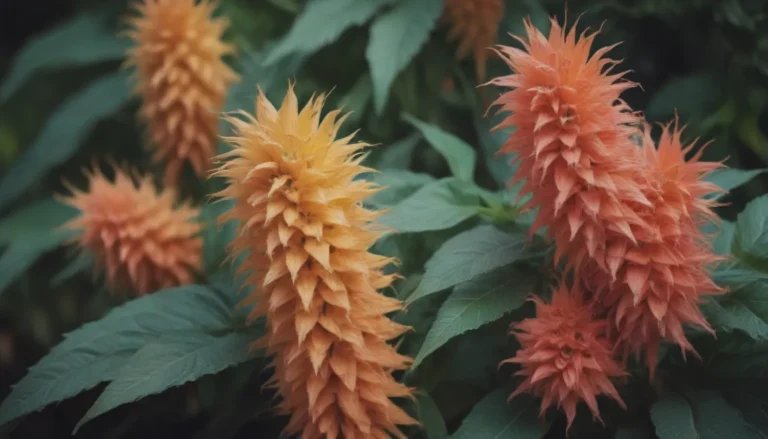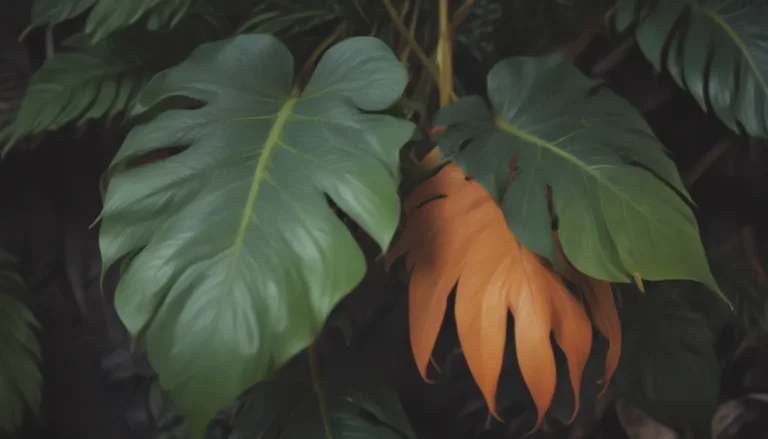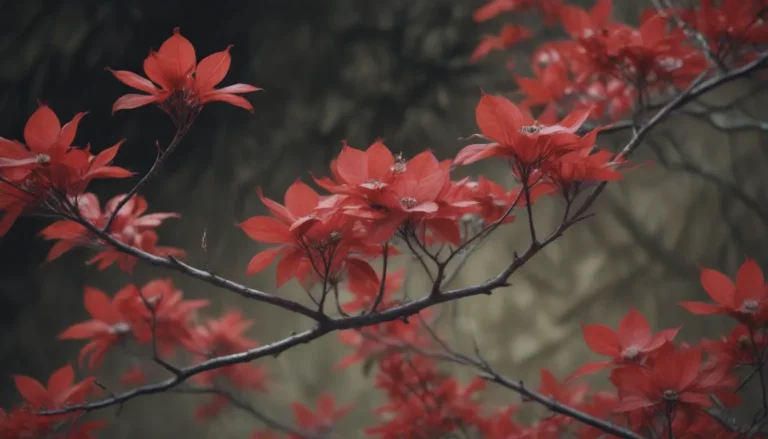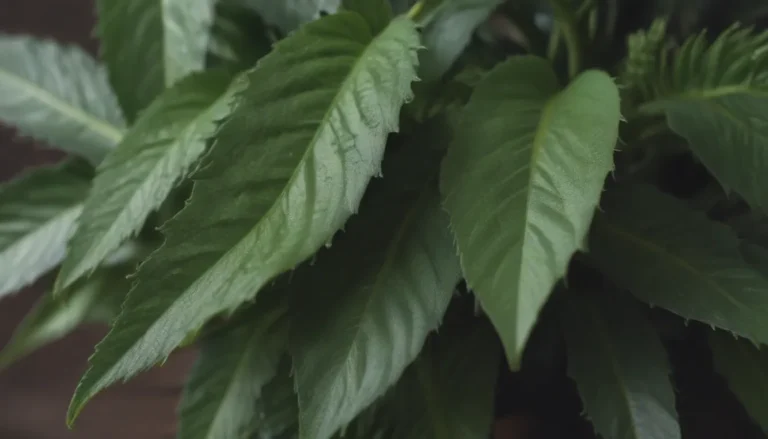How to Grow, Care for, and Enjoy Korean Spice Viburnum
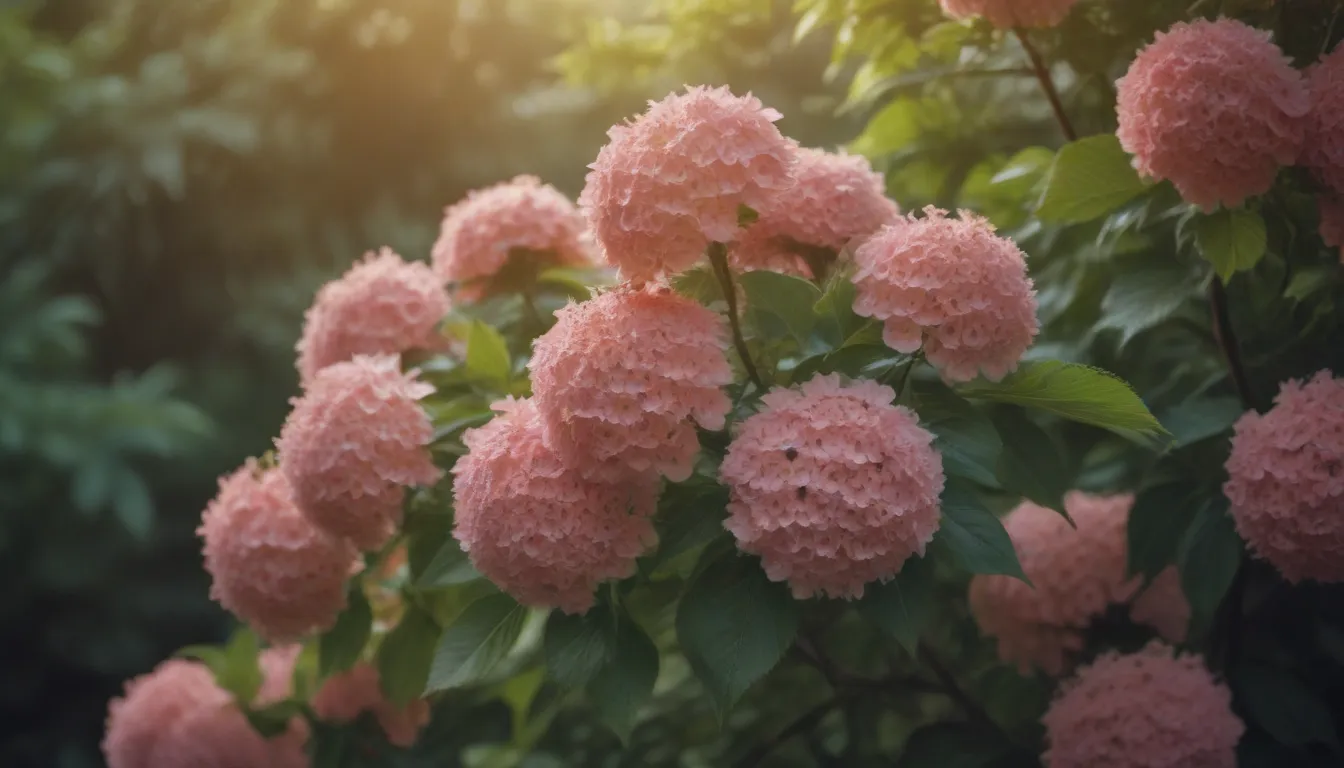
Korean spice viburnum (Viburnum carlesii) is a delightful deciduous flowering shrub that can bring beauty and fragrance to your garden. In this in-depth article, we will explore the various aspects of growing and caring for Korean spice viburnum, along with tips on how to ensure a successful and vibrant garden display. From planting to propagation, we will cover it all to help you create a thriving garden filled with these aromatic blooms.
Introduction to Korean Spice Viburnum
Let’s start by learning a bit more about Korean spice viburnum. This flowering shrub is known for its spreading, multi-stemmed growth habit and wonderfully aromatic flowers. The oval leaves are dark green with serrated edges, while the flowers start as pink buds and change into beautiful clusters of white blooms with a hint of pink, emitting a lovely clove-like fragrance. In late summer, these flowers give way to berry-like drupes. The autumn leaves usually turn a purplish color, but some varieties boast a brilliant orange fall color.
Planting Korean Spice Viburnum
Soil and Light Requirements
- Plant Korean spice viburnum in well-drained soil with a slightly acidic pH.
- Choose a location with full sun or partial shade for optimal flowering.
- These shrubs prefer moist soil but do not do well in very wet conditions.
Watering and Fertilizing
- Maintain evenly moist soil with regular watering, especially during dry spells.
- Feed the plant in spring with a slow-release tree and shrub fertilizer to support overall health and promote blooms.
Temperature and Humidity
- Korean spice viburnums are generally tolerant of high heat but benefit from some shade in hot weather.
- They prefer humid climates but can also tolerate dry conditions.
Types of Korean Spice Viburnum
There are several varieties of Korean spice viburnum available, each with unique characteristics:
– ‘Aurora’
– ‘Cayuga’
– ‘Compactum’
– ‘Spice Girl’
– ‘Spice Island’
– ‘Sugar N’ Spice’
– Viburnum × carlcephalum
– Viburnum x burkwoodii (Burkwood viburnum)
Pruning and Propagating
Pruning Tips
- Prune Korean spice viburnum just after flowering to shape the plant and promote bushier growth.
- Remove dead branches and those that rub against each other for a healthier shrub.
Propagation Methods
- Propagate Korean spice viburnums by taking softwood cuttings in spring.
- Avoid propagating trademarked cultivars to prevent legal issues.
How to Grow Korean Spice Viburnum From Seed
While growing viburnums from seed can be a lengthy process, it is possible with proper care and patience:
– Collect seeds from dried fruits and store them in a warm, moist environment.
– Provide a cold stratification period for the seeds before sowing them in seed flats.
Potting and Repotting
Korean spice viburnums can be grown in containers with proper care:
– Choose a pot slightly larger than the plant’s nursery container and use a well-draining, slightly acidic potting mix.
– Water and feed potted viburnums more frequently than in-ground shrubs.
Overwintering and Bloom Promotion
Ensure your Korean spice viburnum thrives through winter and blooms beautifully in spring:
– Protect the shrub from winter cold in borderline hardiness regions.
– Address potential issues impacting the plant’s ability to bloom, such as young age, inadequate sun exposure, or soil conditions.
Common Pests and Diseases
While Korean spice viburnum is generally low-maintenance, watch out for potential pest and disease issues:
– Aphids can cause leaf curl, treat them with organic neem oil.
– Prevent bacterial leaf spot, powdery mildew, and root rot by ensuring good air circulation and drainage.
Common Problems and Care Tips
Maintain your Korean spice viburnum’s health and address common issues such as drought stress:
– Water the shrub deeply during dry spells to prevent leaf drying and branch die-back.
– Avoid mistaking Korean spice viburnum for similar plants like spicebush or California allspice.
Enjoying Korean Spice Viburnum in Your Garden
Korean spice viburnum is a versatile and rewarding plant to have in your garden:
– Use them as entryway plants, foundation shrubs, or in groupings for a fragrant display.
– Attract wildlife like birds and butterflies with the plant’s berries and blossoms.
In conclusion, Korean spice viburnum is a charming addition to any garden, providing beauty, fragrance, and wildlife attraction. By following the care tips outlined in this guide, you can successfully grow and enjoy these lovely shrubs in your outdoor space. Happy gardening!
